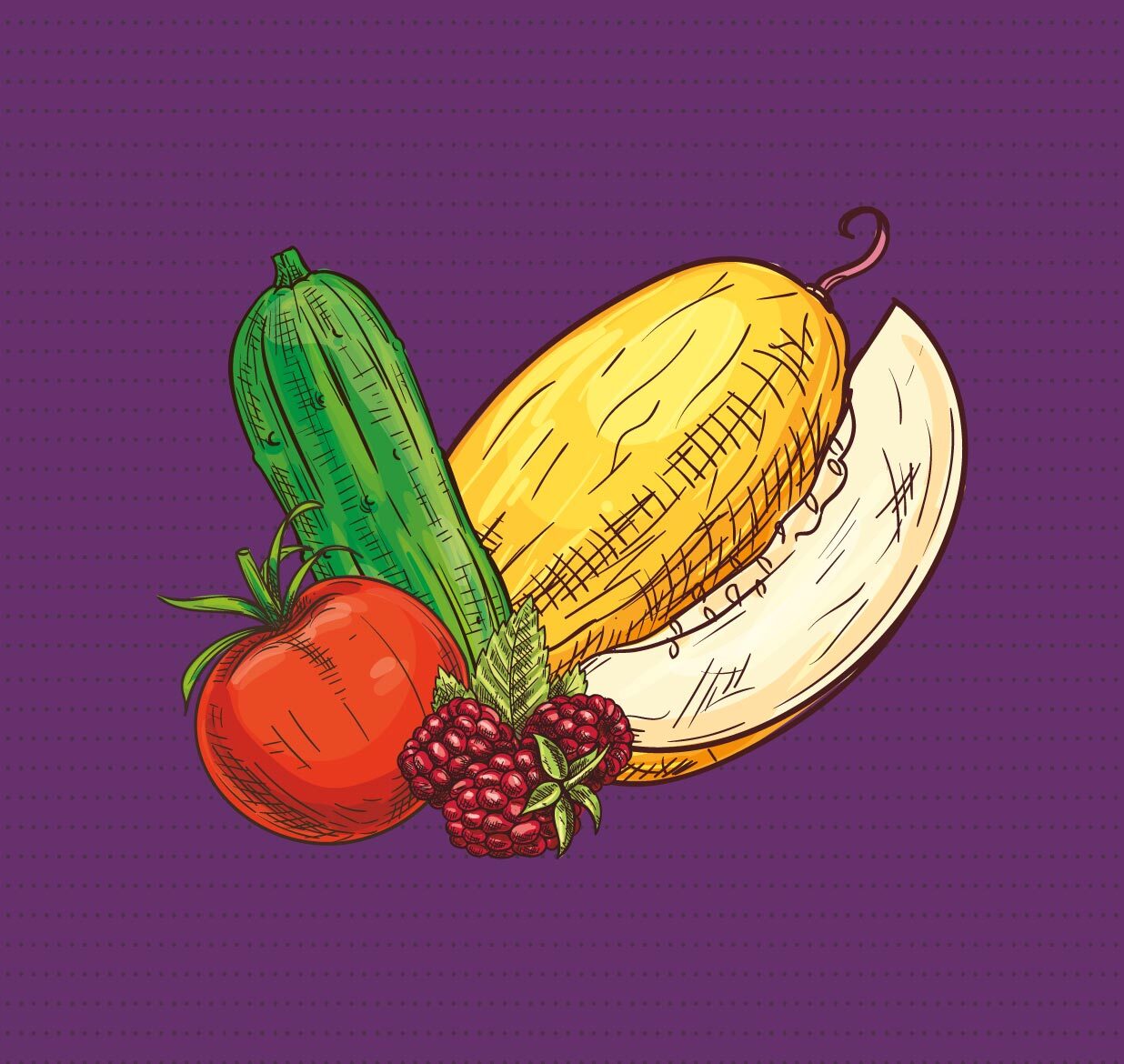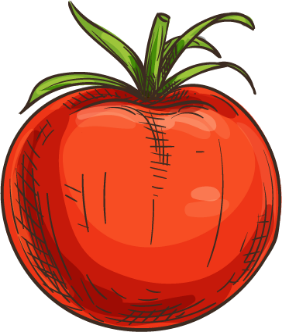
Roadmap for the School Year
Managing a self-operated scratch cook school food program can be a daunting task. Directors need to understand their resources, schedule time to meet with key stakeholders, develop recipes and menu cycles, and prioritize key changes to the program.
By planning out the year to include the program’s goals and crucial deadlines, directors can be proactive in making changes to their school food program. This section provides a monthly glance at key topics and priorities for managing a self-operated scratch cook program.
For faster navigation, click on the desired month:
January | February | March | April | May | June | July | August | September | October | November & December

Roadmap for the School Year
Managing a self-operated scratch cook school food program can be a daunting task. Directors need to understand their resources, schedule time to meet with key stakeholders, develop recipes and menu cycles, and prioritize key changes to the program.
By planning out the year to include the program’s goals and crucial deadlines, directors can be proactive in making changes to their school food program. This section provides a monthly glance at key topics and priorities for managing a self-operated scratch cook program.
For faster navigation, click on the desired month:
January | February | March | April | May | June | July | August | September | October | November & December
Management Calendar
Track your school food program’s monthly priorities with this at-a-glance monthly management calendar. Print out the pdf or save it to your computer for quick access to each month’s resources.

Planning Your Year
January
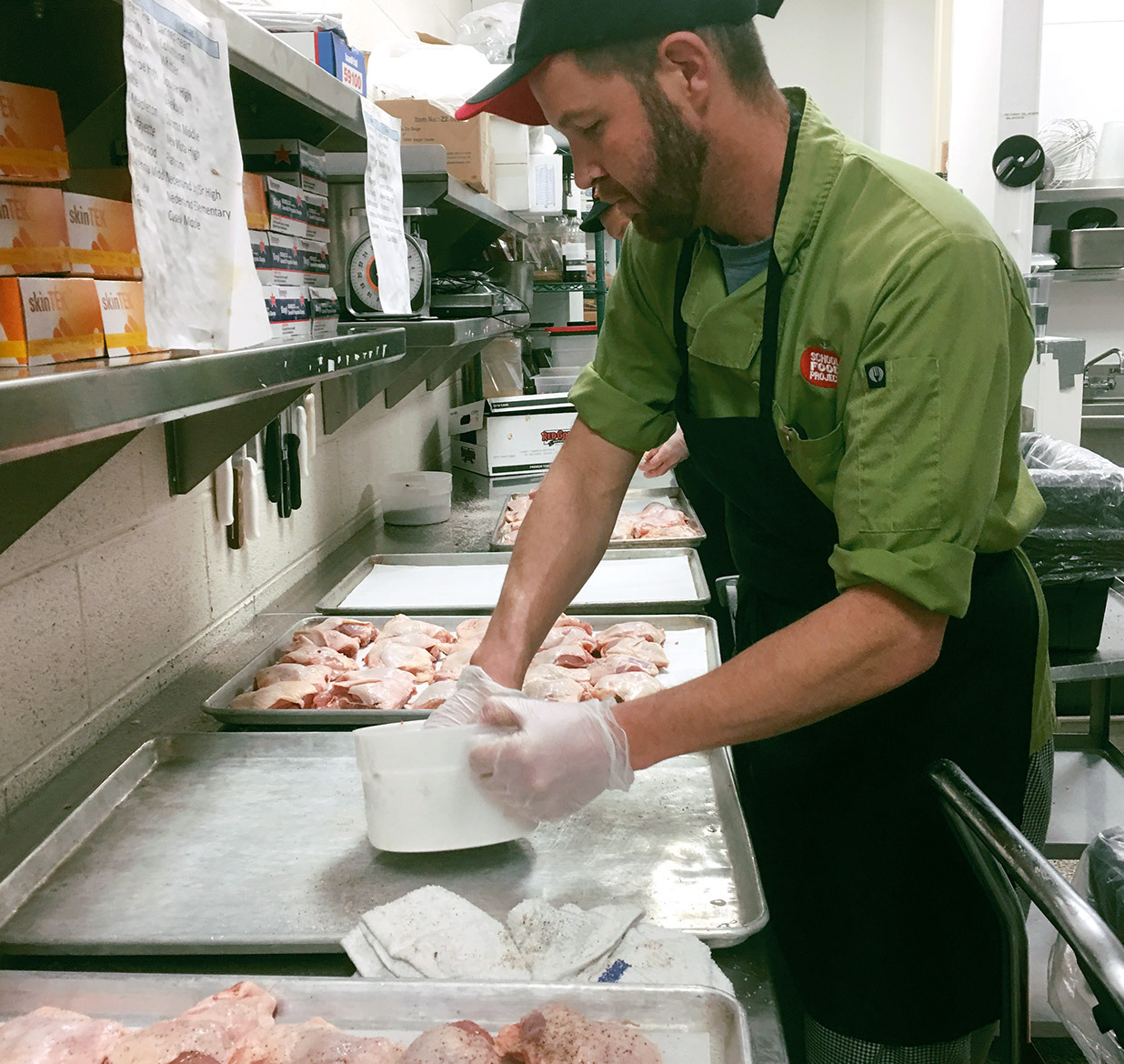
Menu Planning
Ready to transition to healthy and delicious scratch cook school meals? Menu planning will be crucial to your success. The school year offers a finite window of opportunity to demonstrate that your menu plan is effective and popular.
We recommend starting menu planning in January to give you time to project your budget and plan out menu cycles. Learn more about menu development and explore sample menu cycles.
Need a crash course? Check out the School Food Institute’s Recipes and Menu Development course. Apply for a scholarship here.
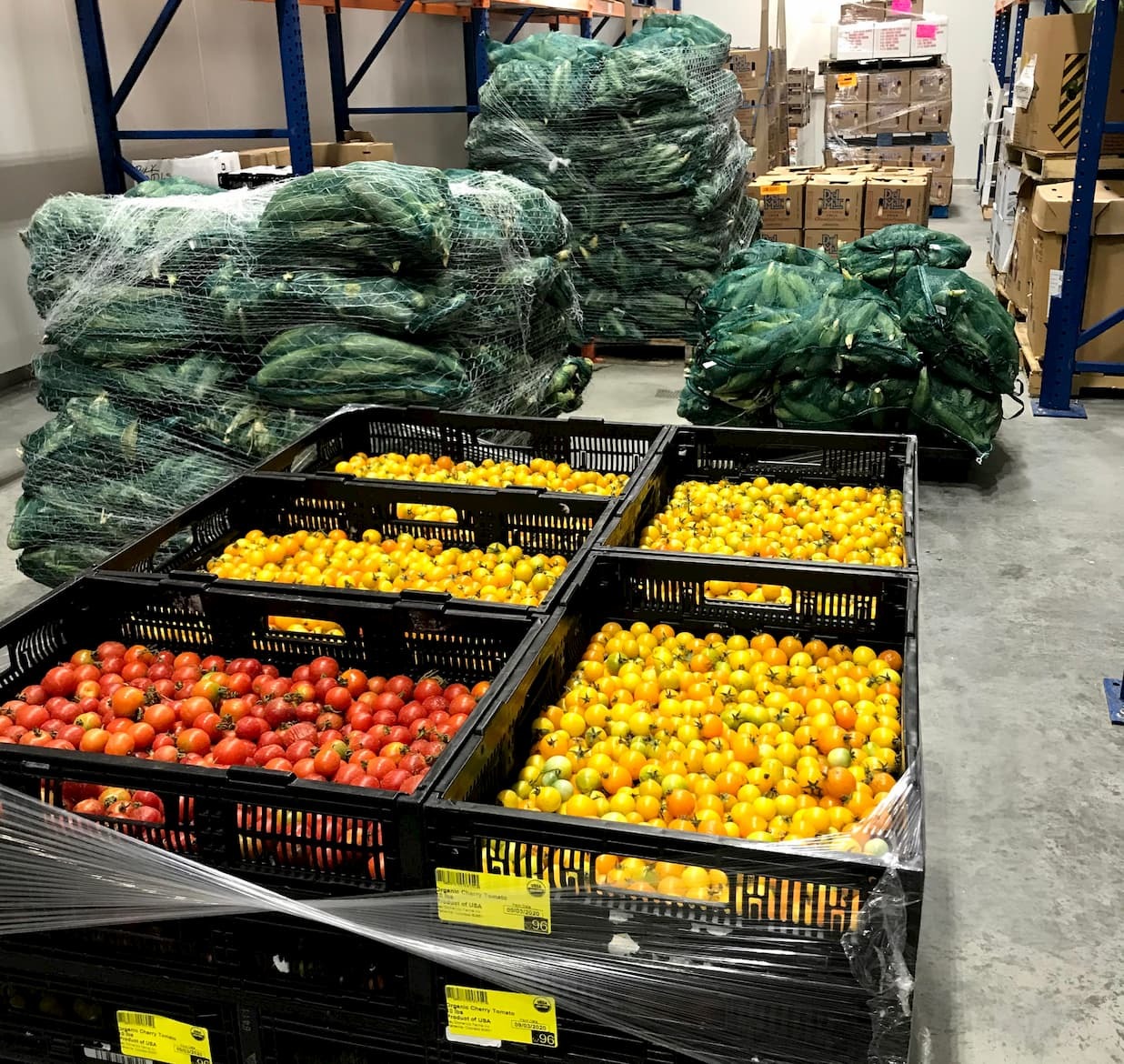
Meet with Local Producers
January is the perfect time to start meeting with local farmers about growing and procurement. Local procurement can have great benefits for both parties. Districts that cook from scratch are already prepared for whole, local ingredients, and can leverage their volume to be an attractive customer for a local or regional producer.
Make sure to do your research and communicate with prospective vendors. For example, the previous year’s purchases and the local producer’s growing schedule can help inform your procurement needs and menu planning.
Check out these resources to:
- Begin local procurement and identify potential vendor relationships
- Prioritize procurement and understand informal vs. formal procurement processes
The School Food Institute’s Procurement course is a great way to align your procurement practices with the mission and vision of your school meal program. Apply for a scholarship here.
February
Submit your Commodity Order
For districts that want to shift to a fresh food system, the common question from directors is, “what about my commodities?” Your allocations should reflect your food standards and your goals for menus and procurement. Learn more in preparation for submitting your commodity order here.
Explore how Procurement can align with the mission and vision of your school meal program at the School Food Institute. Apply for a scholarship here.
Identify Grant Opportunities
Grants can help districts make substantial changes to their programs, including implementing salad bars (CAF grant), getting support for farm to school initiatives, or improving equipment and technology. Explore opportunities for the next school year using the USDA’s grant list. For example, the Fresh Fruits and Vegetables Program grant can help increase produce variety, improve quality, and support nutrition education efforts.
Check your state’s Department of Education or Department of Agriculture for additional grant opportunities, including equipment, technology, and farm to school grants.
Start your budget for next year
Meticulous fiscal management is crucial to the transition and sustainability of a scratch cook school food program. A budget serves as a road map that depicts the goals of the department and the pathways to achieving them, while also functioning as a benchmark for measuring year-end success. Learn more here.
Discover how to use fiscal tools and resources to help plan your budget in the School Food Institute’s Finance course.
March
National Nutrition Month; National School Breakfast Week
Meet with Vendors
As you think about procurement, consider looking for local freshly prepared foods. Procuring from local vendors can help a district move toward its goals, without bringing all the food production in-house. Meeting with vendors is the first step in establishing relationships with local businesses.
Sample New Products and Ingredients
Ensure that new products and ingredients meet your expectations and requirements by scheduling and arranging to taste all new menu items before introducing them on your menu. Work with vendors to learn about food item availability and the requirements for ordering new products from their distribution company. This is also a great time to discuss pricing with vendors and determine in new products can fit into your menu mix.


March
National Nutrition Month; National School Breakfast Week
Meet with Vendors
As you think about procurement, consider looking for local freshly prepared foods. Procuring from local vendors can help a district move toward its goals, without bringing all the food production in-house. Meeting with vendors is the first step in establishing relationships with local businesses.
Sample New Products and Ingredients
Ensure that new products and ingredients meet your expectations and requirements by scheduling and arranging to taste all new menu items before introducing them on your menu. Work with vendors to learn about food item availability and the requirements for ordering new products from their distribution company. This is also a great time to discuss pricing with vendors and determine in new products can fit into your menu mix.
April
Earth Month; Earth Day
Recipe Test in Kitchen
Recipe testing before the recipe is added to the menu is essential for introducing a menu item. By testing it in the kitchen, school food programs can ensure that the recipe is efficient, standardized, and of course delicious! Learn more about Recipe Development in our School Food Institute Course. Apply for a scholarship here.
Student Tastings of New Menu Items
Conducting a tasting of new menu items can be incredibly helpful to get student feedback and inform the recipe development process. In addition, students will remember giving feedback on the menu items and be more likely to buy school lunch when they see this item on the menu. Click to discover the best practices of tasting events.
Start CEP/Provision 2 Applications
Applying for CEP? Use the student data from April 1st to determine your school’s eligibility. Remember that CEP status may be a benefit to your bottom line by reducing administrative burden for tracking paid/free/reduced meals.
Plan Summer Feeding
Get ready for summer break by getting shift schedules, menu plans, marketing, and other logistics figured out in April.
Sustainability
April is a month focused on sustainability and protecting the environment.
School food presents a major opportunity for positive change. Enroll in the School Food Institute’s Sustainable Lunchrooms course to learn how to cut down on your packaging and food waste, reduce your procurement costs, support local vendors, and more!
May
As the school year comes to an end, it is time to wrap up the school food program, utilize existing inventory, support team members, and prepare to close. By paying attention to the small details, you will be able to set the stage for a successful new school year.
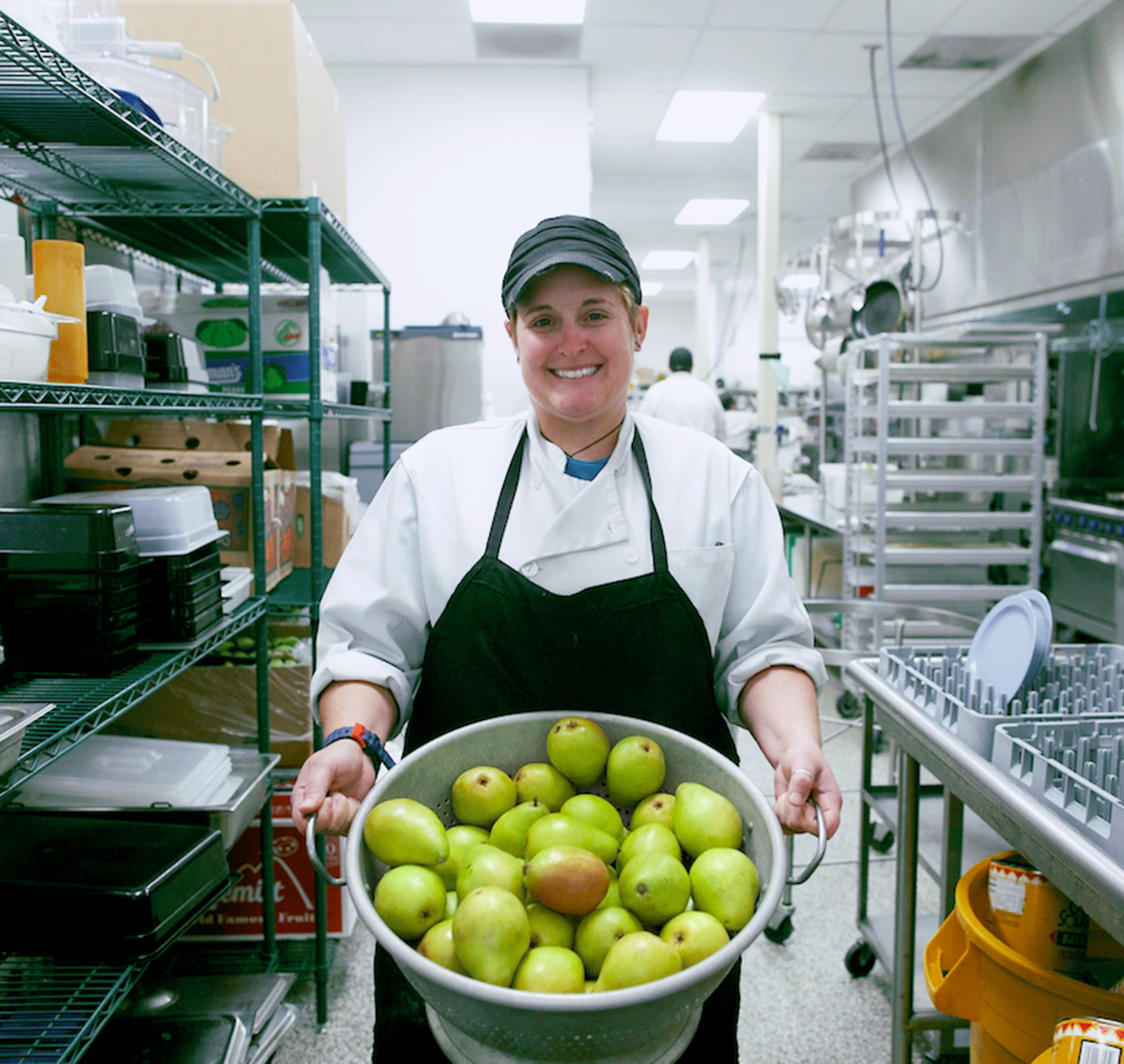

May
As the school year comes to an end, it is time to wrap up the school food program, utilize existing inventory, support team members, and prepare to close. By paying attention to the small details, you will be able to set the stage for a successful new school year.
June
Plan Back to School Training
Most districts prefer to conduct professional development over the summer to prepare teams for any upcoming food program changes. The School Food Institute is a great way to get school food teams excited about scratch cooking. Apply for a scholarship for your district here.
Recruit New Team Members
Summer is a good time to recruit and hire new talent. Starting in June allows you time to recruit and onboard new staff before the school year begins.
Explore the Human Resources page to learn more about updating your organizational structure, adding new positions, or shifting job responsibilities.
June 30: Review Financials
The end of your program’s fiscal year is the time to review the financial data. Confirm that all accounts receivable and purchase orders are closed for the previous school year.
Review your planned budget for the upcoming year.
To get a handle on the meal program’s finances, explore Fiscal Management resources or check out the School Food Finance course at the School Food Institute.
June 30: CEP/Provision 2 Deadline
If you determined that CEP is a good fit for one or more of your school sites, all materials are due at the end of this month. Now can be a good time to start determining what program improvements you would like to prioritize with potential additional revenue.
July
August
Training & Orientation
Get ready for the new school year by setting your team up for success. Provide culinary skills training, support rising leaders with food service management professional development, introduce new team members to your mission and vision, and share upcoming program changes. Explore our culinary training videos and take courses with the School Food Institute.


August
Training & Orientation
Get ready for the new school year by setting your team up for success. Provide culinary skills training, support rising leaders with food service management professional development, introduce new team members to your mission and vision, and share upcoming program changes. Explore our culinary training videos and take courses with the School Food Institute.
I’ve seen firsthand how The School Food Institute’s classes can instill a sense of pride in the work team members are doing. People that take pride in what they do directly translates into Food Service departments with rock star team members and better employee retention.
September
Grace period ends for Free and Reduced applications
Back to School
As kids start at new schools or in new grades, back to school time is an opportunity to introduce them to the school meal program and any new changes. The starting point: customer service.
Incorporating the school food team’s perspectives into the recipe development, procurement, and planning processes creates the feeling of involvement and provides the opportunity for the team to market the program throughout the year.
- School Food 101 introduces concepts and language around school food change.
- Make sure that frontline team members know how to make kids, faculty, and staff alike feel welcome in the cafeteria. Acknowledge team members’ customer service in creative ways. For example, give awards or prizes for “Salad Bar Heroes”, “Menu Champions” or “Sustainability Superstars”.
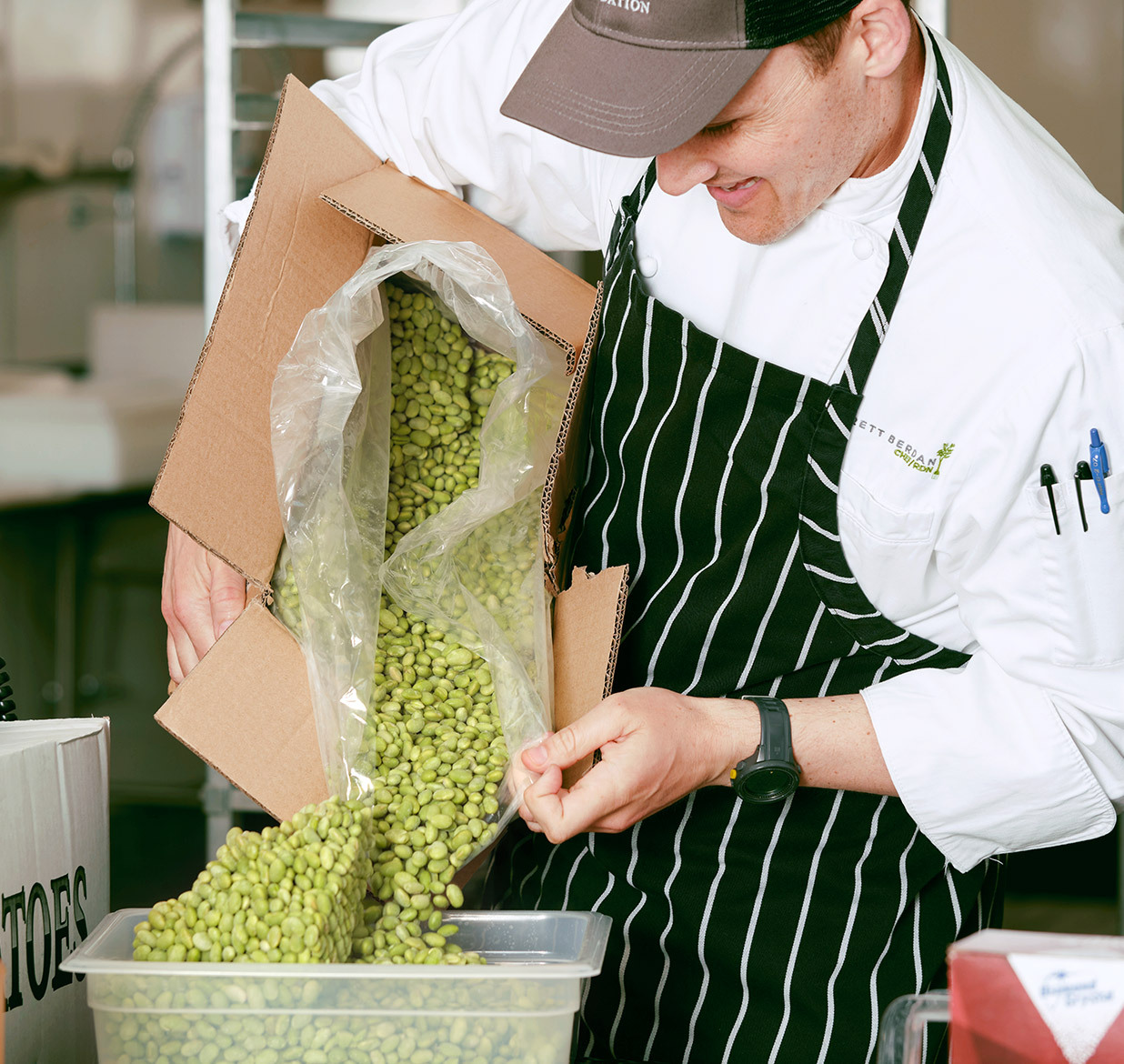
October
National School Lunch Week; Farm to School Month
Verification period for Free and Reduced applications
Celebrate Farm to School Month
If the school meal program is already working with local or regional vendors, now is a great time to highlight the different producers and businesses in your cafeteria with colorful posters and signs.
Not sure where to start?
We know that when students have experiences such as tending a school garden or visiting a farm, they’ll be more likely to make healthy choices in the cafeteria. However, it can be difficult to identify immediate priorities for connecting the farm to the meal program. Check out the tools and resources on the Farm to School Lunchroom Education page.

October
National School Lunch Week; Farm to School Month
Verification period for Free and Reduced applications
Celebrate Farm to School Month
If the school meal program is already working with local or regional vendors, now is a great time to highlight the different producers and businesses in your cafeteria with colorful posters and signs.
Not sure where to start?
We know that when students have experiences such as tending a school garden or visiting a farm, they’ll be more likely to make healthy choices in the cafeteria. However, it can be difficult to identify immediate priorities for connecting the farm to the meal program. Check out the tools and resources on the Farm to School Lunchroom Education page.
November & December

Prepare for Breaks
Work with kitchen staff and sites to prepare for the upcoming Thanksgiving and winter holiday breaks, including assessing and utilizing inventory before break. If the menu plan does not align with student purchases, you may need to think outside of the box with new recipes.
Appreciate Staff
The school food team has dedicated their time and positive energy to their students and the food. Now is a good time to appreciate all their hard work. Check out the Staff Appreciation page for ideas on recognizing individual team member or celebrating the achievements of the entire staff.
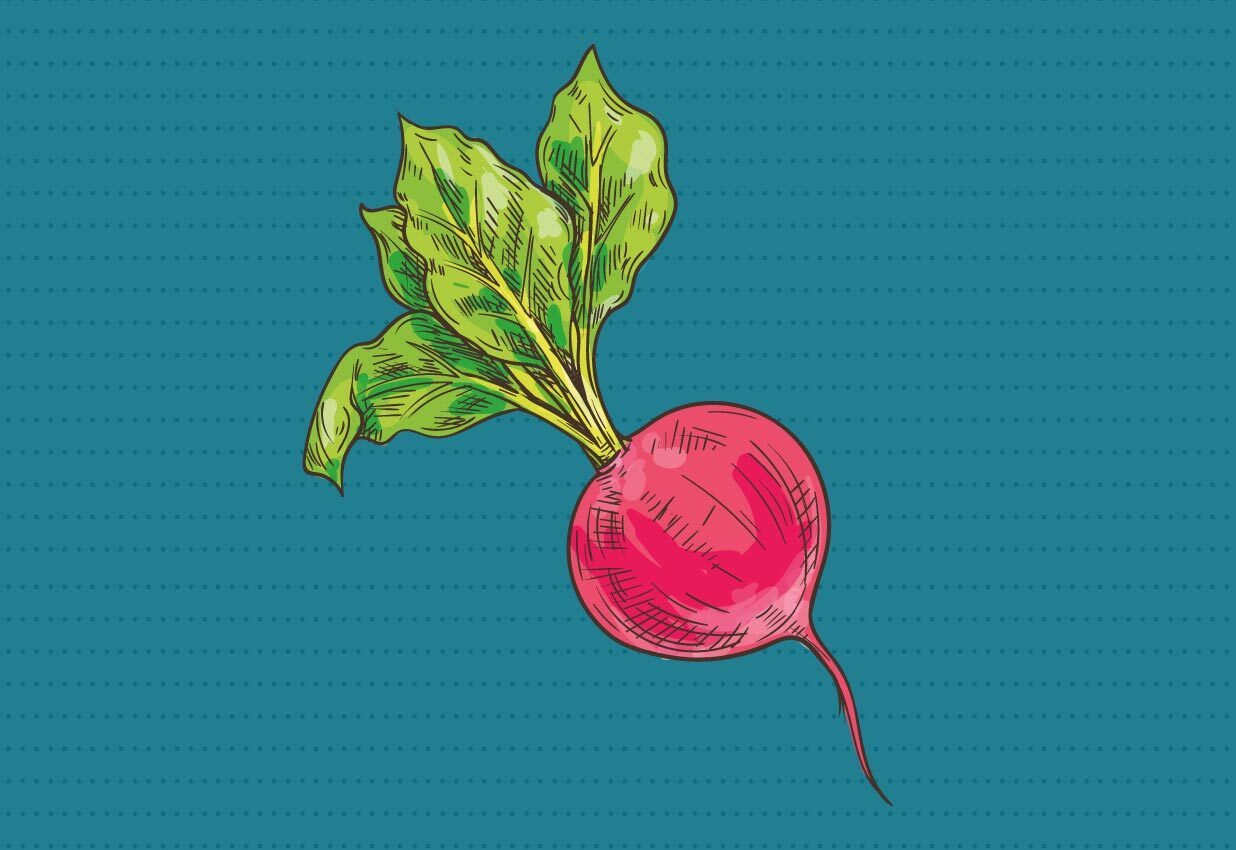

Think Plant Forward
Plant Forward meals focus on fresh fruits and vegetables, whole grains, and reduced meat proteins to introduce students to a healthy diet at a young age. A diet focused on plants is also better for the environment, as plants take fewer resources to produce than meat. Introduce a few plant forward menu items using kid-tested and approved recipes.
Training
Training is crucial to introducing new recipes and concepts to the department and community. Enroll in the Plant Forward course at the School Food Institute to learn how to alter recipes and menus to include plant proteins, market new entrees to students, and balance your budget.
Recommended Next Topic: Human Resources
The human component is critical to any organization, and a clear understanding of the expectations and challenges related to staffing is essential for school food service. When shifting the food production and service model to scratch cooking, it is especially important and challenging.
Recommended Next Topic: Human Resources
The human component is critical to any organization, and a clear understanding of the expectations and challenges related to staffing is essential for school food service. When shifting the food production and service model to scratch cooking, it is especially important and challenging.



